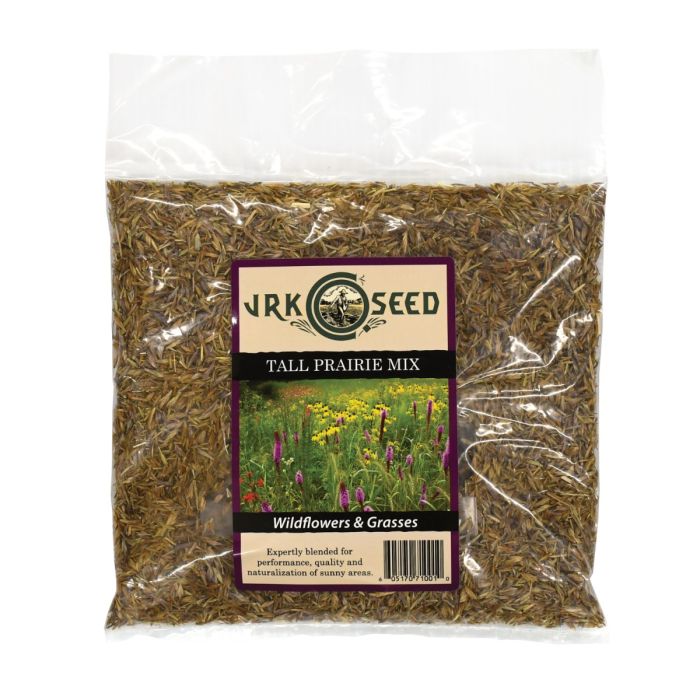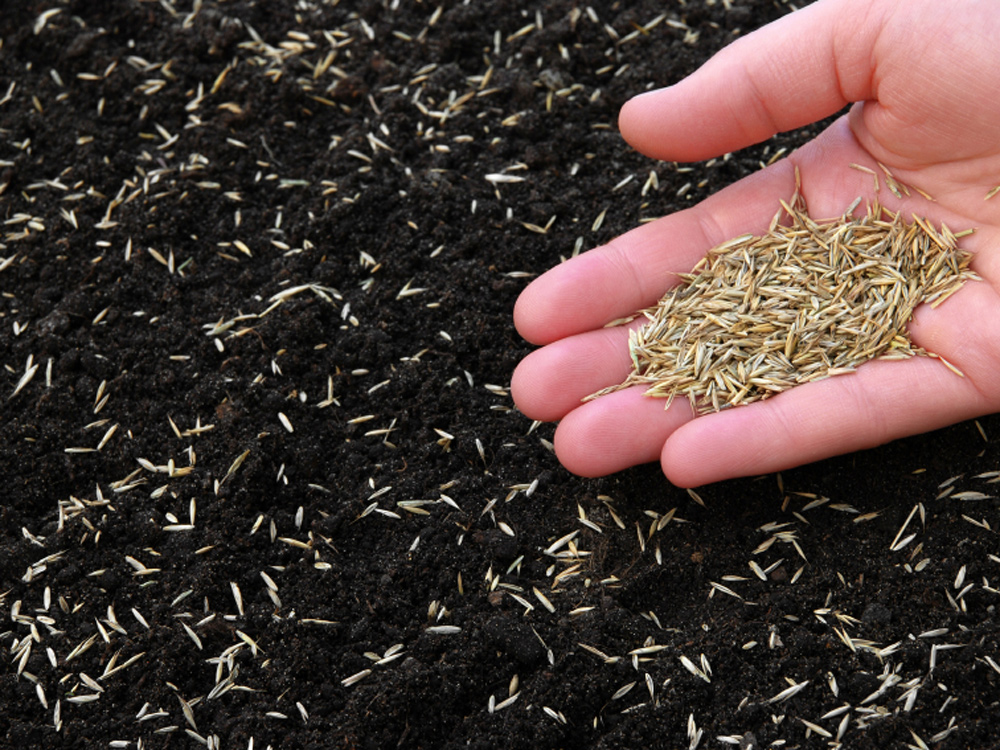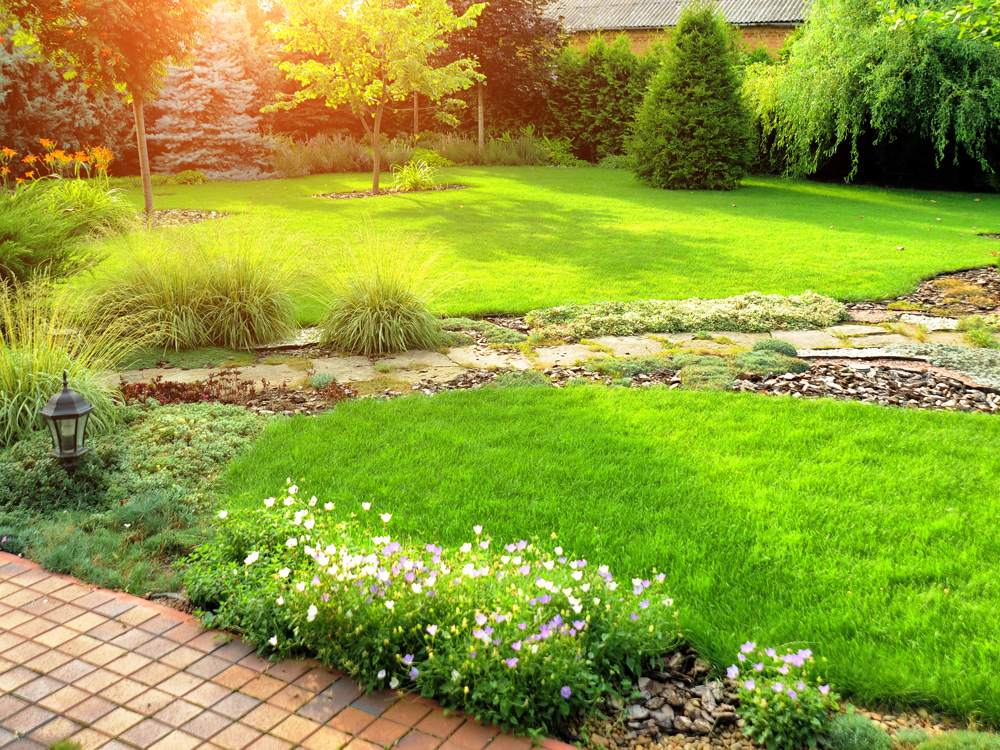JRK Tall Prairie Mix

Description
Prairies are an ecosystem that contain many diverse plants that support birds, butterflies and other native wildlife. Over the years prairies take less time and money to maintain than a typical lawn. They eliminate the need for mowing, fertilizer and watering.
Here to Help You Grow
We have a wide range of grass seed blends formulated to solve a plethora of landscaping problems, wants & needs. Our JRK Seed grass seed mixes are formulated specifically for weather and soil conditions of the upper U.S. Midwest region. The seed you know will grow! Our turf experts strive to deliver superior seed, product, and overall experience to all of our customers.
Details
Prairies are an ecosystem that contain many diverse plants that support birds, butterflies and other native wildlife.
Over the years prairies take less time and money to maintain than a typical lawn. They eliminate the need for mowing, fertilizer and watering.
Planting Period
Spring, Mid-May to Mid-July
Fall, Oct 15 - Nov 15 (before the ground freezes) and frost seed (Nov to Mar)
Light Requirements
6 hours or more of sunlight
Site Preparation
Optimum height to kill weeds is 6 inches. Spray weeds with glyphosate (non- selective). Additional spraying may be needed if weeds are persistent. Area may be seeded 7 days after application of glyphosate. Till the soil 4-5 inches and tamp it with the back-side of a hard tine rake or use a roller to create a firm seed bed for the grass and wildflower seed.
Seeding
Hand held broadcast seeders will work with native grass seed. Hand seeding wildflowers is easier when vermiculite or peat moss is added to the seed and mixed together in a bucket. Ratio: 1 (wildflowers) to 10 (peat moss). Broadcast the grass seed first, wildflower seed after and the rye grass last. Rake in the seed at a depth of 1/4th of an inch and lightly broadcast peat moss or vermiculite over the planting. Also add the nurse crop of annual rye grass at a 1 oz/1,000 sq. ft. rate.
Erosion Control
Cover seeded slopes with an erosion control blanket, such as a straw blanket.
Watering
A crucial watering period is the first 3-4 weeks. Frequent watering at seed stage and longer watering after germination. After that, water deeply 1-2 times a month for the first summer.
Maintenance
Mowing or weed whipping is the primary management tool used to prevent weeds from shading prairie seedlings. Mow and weed whip at 4-5 inches in the beginning of the season, elevate the cutting height to the top of the grasses as they develop. Mow each time the weeds grow 8 inches before winter. This protects the seedlings from frost heaving. During the second growing season, one mowing may be helpful in late spring or early summer if weeds are thick. This should be the only mowing needed for weed control unless a serious problem occurs. Raise cutting height to 6-12 inches if mowing during the second year, and spot spray or pull invasive perennial weeds until prairie is established. The prairie should become established by the third season. Mow established prairie in late fall after seed set or in early spring (late March to mid April). Your prairie may be mowed or burned* when needed.
More Information
| Coverage | 1,000 sq. feet |
|---|---|
| Brand | JRK Seed and Turf Supply |


